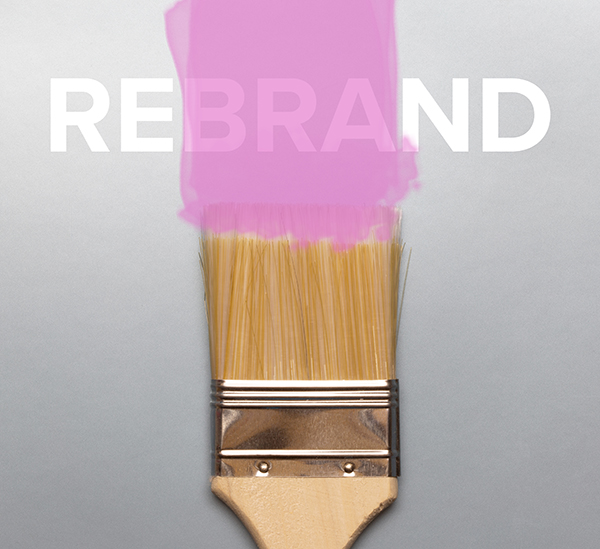Companies pay quite a bit of money to agencies to re-brand themselves. As a former agency owner and corporate marketing leader, I’ve led re-branding efforts at more than 20 companies. Here’s a little secret: you can save a ton of money and do some of this yourself. Here’s the third post in a four-part series about how I go about it.
Quick recap
What you’re trying to create
- Brand values – what you stand for and live every day.
- Core brand statement – the key message you communicate to all audiences.
- Brand personality – the voice in which your brand speaks.
- Brand icons – logos, fonts, colors, product names, layout styles, image styles, clothing, and music – the representations of your brand.
What you’ve done so far
- Interviewed stakeholders with a targeted series of questions
- Transcribed the answers
- Looked for common themes, perceptions, or misperceptions about the brand
What’s next?
Brand values
Look at all those words. In performing the analysis step I talked about in step 2, you discovered some themes that resonate as values. Start there. Decide what three to five single words or short phrases best describe what your brand stands for, and that you live every day. This tends to be where people get stuck. They find it hard to narrow them down, or to describe them in very few words.
Be relentless. Pick some, socialize them. When you socialize them, ask people to point out any that particularly resonate, or that simply don’t. Use the benchmark of value to your culture and your customer. Decide what values you’re willing to defend to the death, that you’re willing to fire someone for violating.
Decide what values you're willing to defend to the death, that you're willing to fire someone for violating – those are your core brand values. Click To TweetOnce you’ve stripped them down to the right number and simple words or phrases, then write a paragraph about each one that describes why they’re important to the company. Yes, I just told you to strip them down relentlessly and now I’m telling you to expand.
Core brand statement
Once you have values, think about one sentence or phrase about your organization that aligns these things:
- Market perception – how should the market view your organization?
- Reality – what is the reality of your organization and its position in the market?
- Your values – these are the drivers of the other portions of your brand.
By the way, I say this as if it’s easy. It’s not. You need to spend some time on this one. You also may want to consider looking at Simon Sinek’s TED Talk about inspiring action. If you don’t feel like sitting through the video, here’s the short version – start with why. Don’t think about features and benefits – think about the very raison d’être of your organization. That’s your core brand statement.
Don't think about features and benefits – think about the very raison d'être of your organization. That's your core brand statement. Click To TweetOnce you feel like you have it, write it down. Then write a short paragraph about it that describes why it is the single most important statement about your organization. (Yes, it’s that important.)
You now should have two of the most important elements of your brand. What you also have, and probably didn’t even realize it, is the opening statement of your elevator pitch.
Next week we’ll bring this to a close, and talk about creating your brand personality and brand icons, and then what to do when you have it all.
